There are lights.
Xu Zheng’s work “港囧” is full of “Hong Kong flavor” poster style, and the title composed of neon lights is integrated with the night of Hong Kong. It seems that Hong Kong is like this in the minds of many people: the colors are bright and strong, the cars and horses are intertwined, and the flashing neon lights are always its business card.
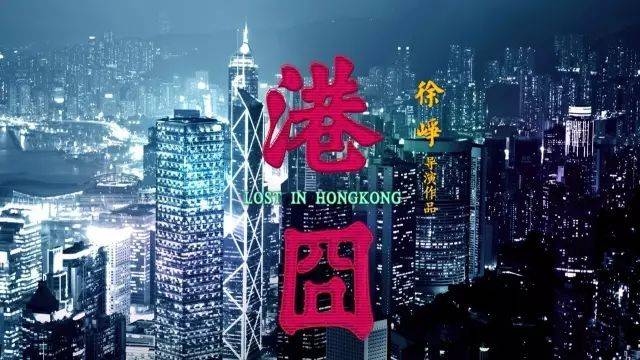
It frequently appears in literary and artistic works related to Hong Kong. Wong Kar-wai’s “Mong Kok Carmen” and “Fallen Angels” both use neon lights as the main visual element to assist the expression of the theme of the works.
The neon flashes and the night is hazy. This is Hong Kong in the eyes of many people.
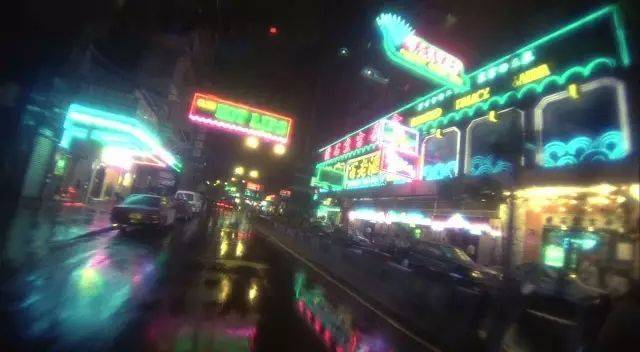
But in fact, after the millennium, LEDs have become more and more common, the impact of light pollution has also been paid attention to by the public, and neon lights are considered “not environmentally friendly”, which makes its situation more and more difficult. With the development of technology, digital inkjet and other advertising media have also begun to be widely used, and the advertising value of neon signs has shrunk and gradually reduced to interior decorations.
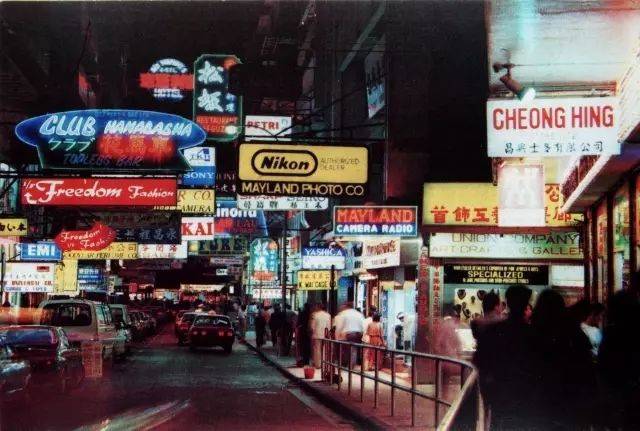
Liu Wen, who is over old and old, is an old master of neon lights. He belongs to Nanhua Neon Light Electrical Appliance Factory. He is called “Uncle Wen” by the industry. Uncle Wen entered the industry in the 1950s, walked through the heyday of neon lights in Hong Kong in the 1960s and 1970s, and witnessed the decline of neon lights in the 1980s and 1990s. Today, he can only sigh with emotion: “It was society that eliminated us, and technology eliminated us. “
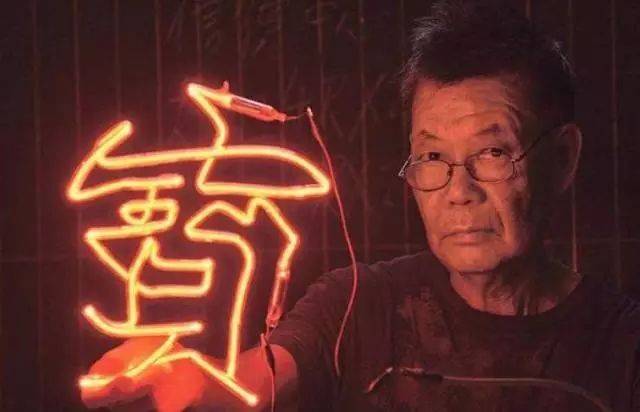
In the best years of neon sign development, as long as the height of the sign did not affect the passage of double-decker buses, the government would not care, but with the advancement of technology, LEDs are widely used because of their low cost, energy conservation and environmental protection. Big neon signs are rare.
Nanhua Neon Light Electric Factory was founded in 1953 by the “neon king” Tan Huazheng. In 1973, the Roxy sign made by the light factory was composed of more than 4,000 neon tubes, and successfully declared the Guinness World Record for the largest neon sign. This sign is also more It has consolidated Nanhua’s status as the “first brother in the industry”.
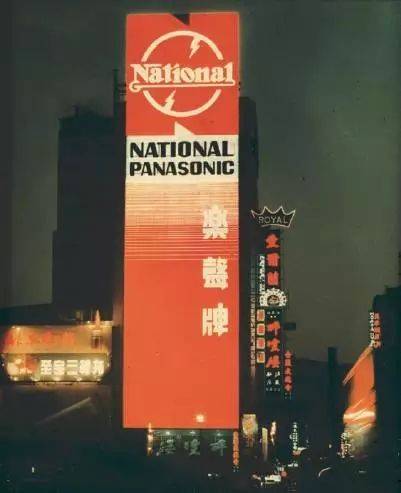
After Tan Haohan, the second-generation Mr. Tan, took over the lamp factory, Nanhua Lamp Factory locked in the street, alternative and nostalgic markets, and was loved by some trendy and foreign brands.
In 2014, Tan Haohan and M+ (the Hong Kong Museum responsible for the visual culture of the West Kowloon Cultural District) jointly held a large-scale online exhibition “Neon Discovery”, inviting citizens to take pictures of the neon lights around them and describe the stories in them, so as to produce related works. “Neon Map”, offline bus tours and special lectures are also organized. The involvement of social and cultural organizations has allowed more people to understand the past and present of neon lights and explore the stories behind neon lights, which has aroused considerable social repercussions.
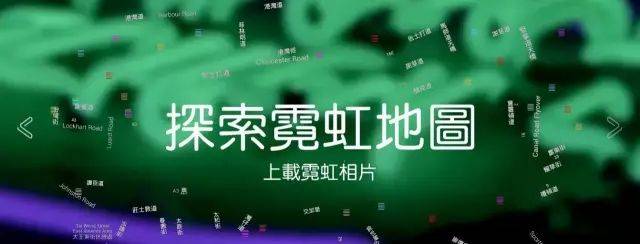
After seeing these photos, many people realize that neon lights have been embedded in “Hong Kong”. Unlike any metropolis, Hong Kong has become unique and charming after neon lights.
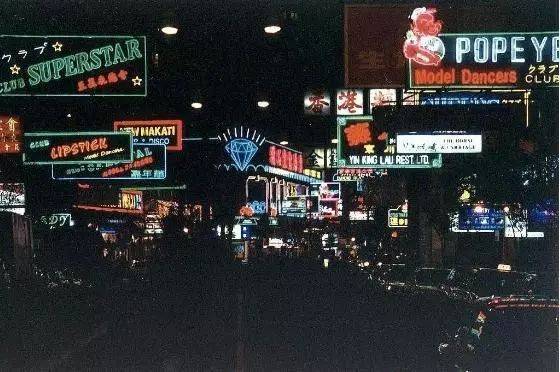
But when people look back and want to look at the development status of the neon light industry, they find that the gold industry of the past has fallen into this.
The current Nanhua Neon Lighting Appliance Factory is the only neon sign company that still has its own factory in Hong Kong. This time-honored factory, which has been in operation for more than 60 years, is almost paralyzed due to the social environment and internal conflicts within the family.
Uncle Wen, who witnessed all this, was helpless as the two generations of Mr. Tan went from working together to making trouble. Uncle Wen and his nearly fifty-year-old apprentice, Hu Zhikai, were left in the factory. Uncle Wen estimates that there are “30 neon masters in Hong Kong, and I don’t know if there are any . ”
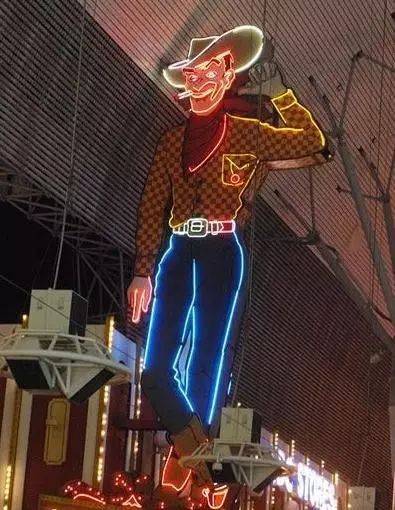
The lack of success is the direct reason for the disappearance of many old craftsmanship. Uncle Wen has a more thorough understanding of this aspect. He said: “Few people are willing to accept low wages and enter the industry, and few people are willing to regard it as a lifelong interest. Everything will be If someone does it, maybe someone in the mainland will study it? Society is advancing day by day, technology has developed rapidly in the past ten years, who knows how it will develop in the future, and it will be left to future generations to think about how to develop.”
Uncle Wen’s postgraduate is his apprentice Hu Zhikai. This postgraduate believes that the artistic and niche nature of neon lights is inevitable. He himself is also trying to make three-dimensional neon lights, hoping that more people can pay attention to neon lights, because “this is not an old object”.
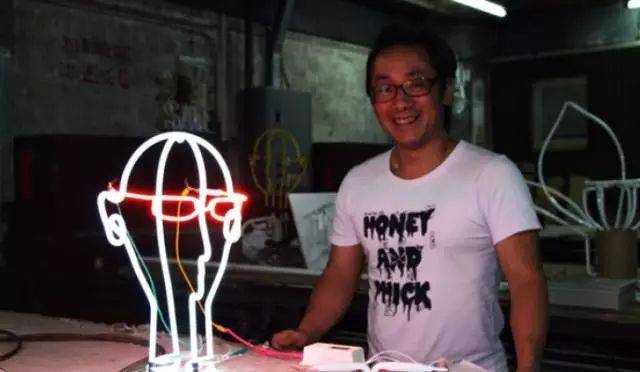
Uncle Wen has been working day by day for decades. By twisting and blowing, he made neon tubes of different styles by himself, keeping the memory of making Hong Kong shine.
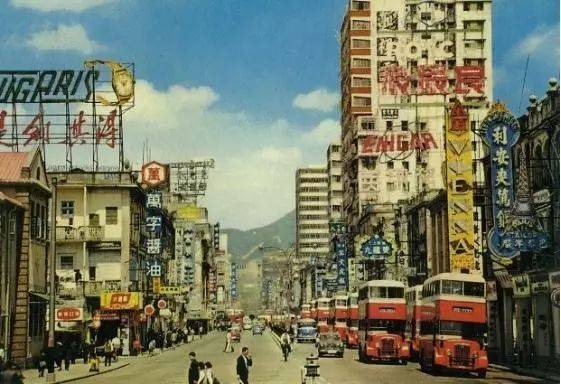
Always remember, there will be reverberations.
Where there are lights, there are people.
via 负壹海王星


Comments